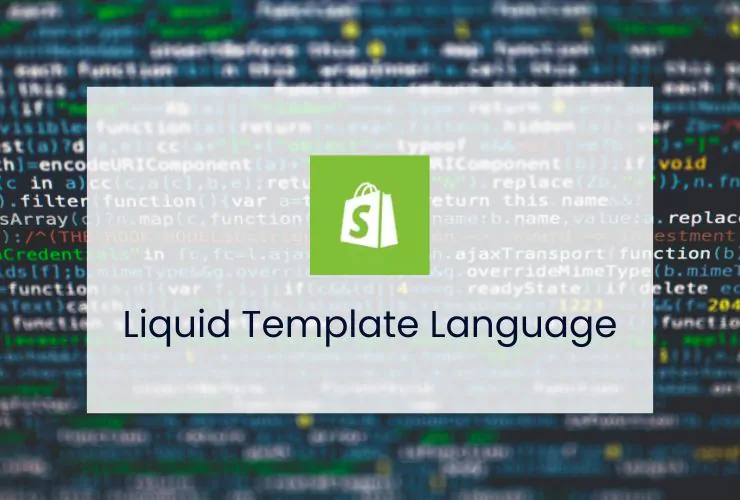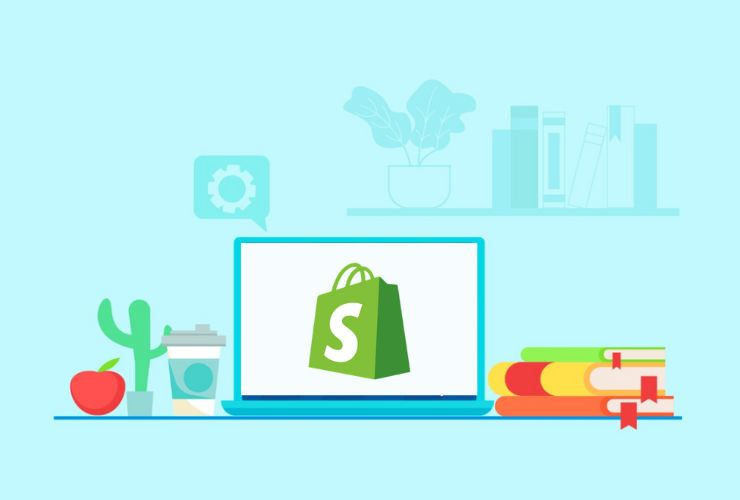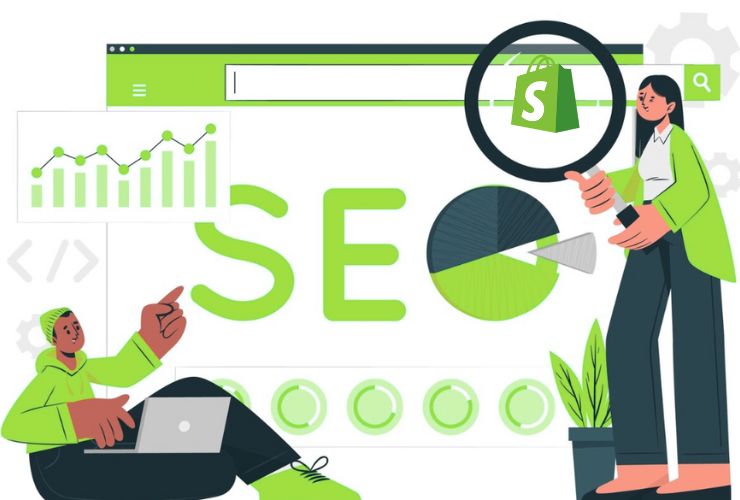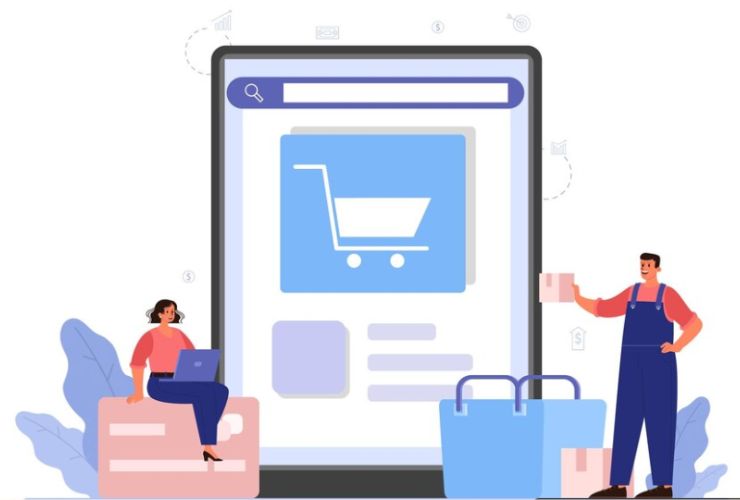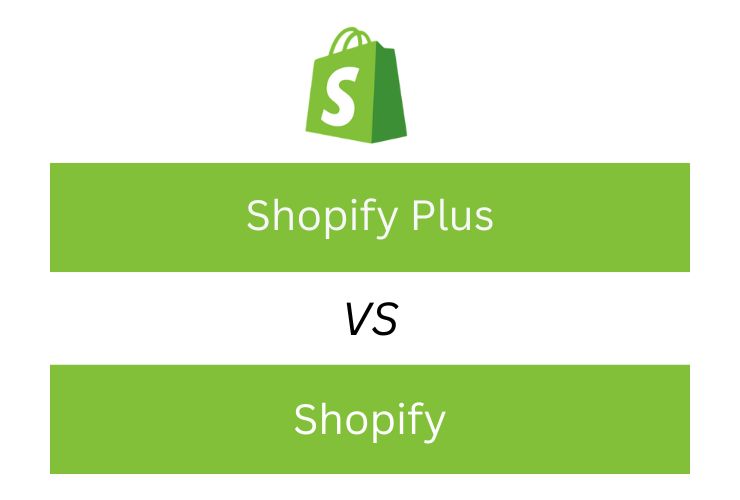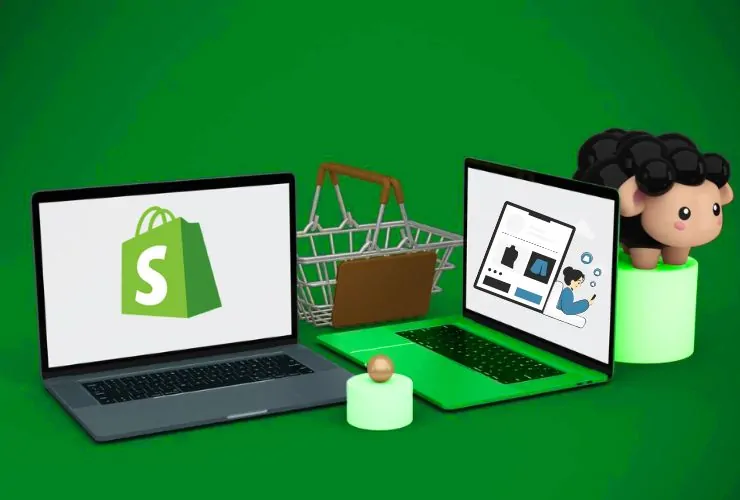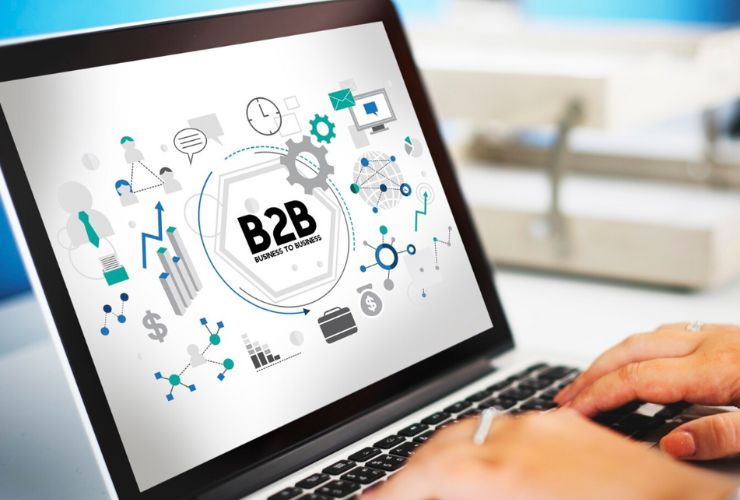With the changing face of eCommerce, many online companies are switching platforms for better performance, flexibility, and scalability. Magento and WooCommerce have become powerful options; however, the time and cost of hosting, security, and updates becomes challenging.
More businesses are making the switch to Shopify! Shopify is a user-friendly, cloud-based platform with an easy setup, built-in security, and advanced sales features. Transitioning from Magento or WooCommerce to Shopify can streamline your operation, and improve your store’s efficiency — if done correctly.
This blog will highlight how to successfully migrate to Shopify, challenges to look for, and remediations
1. Why businesses migrate to Shopify
a. Easy to use
Shopify has an easy to use, intuitive interface in which even the least technical user can manage products, customers, and sales with ease.
b. Hosting & Maintenance Free
Shopify handles hosting, server performance, and security updates, while Magento or WooCommerce require you to handle these on your own, which can be both time consuming and expensive.
c. Scale Boundlessly
Regardless of whether you have a startup, or major enterprise, Shopify allows your business to grow with its scale boundless upgrades.
d. Available Apps
Shopify has an app store to thousands of integrations from, Marketing, Shipping, or Inventory Management, to further expand your store’s abilities in the future.
e. 24/7 Weekly Support
Shopify has support available 24/7 when you need it most, making it a huge
2. Preparing for the Migration
Before you begin, plan your migration strategy carefully:
- Backup your existing data — including products, customers, and order history.
- Audit your store — identify what to keep, update, or remove.
- List required integrations — note down plugins or tools you’ll need equivalents for in Shopify.
Choose a Shopify plan that matches your current store’s size and traffic.
3. Important Stages to Move from Magento or WooCommerce to Shopify
Step 1: Export Your Information
Export your important information like:
- Your products and SKUs
- Customer details
- Order history
- Categories and tags
Both Magento and WooCommerce have export tools (commonly in CSV format).
Step 2: Import Data to Shopify
Shopify has different ways of importing data:
- Shopify Importer App (best for small to medium stores)
- 3rd part migration tools (LitExtension, Cart2Cart, Matrixify) (best for larger stores)
- Manual import (using CSV files)
Once completed, check that all the products, images, and customer information was imported correctly!
Step 3: Recreate your Store Design and Layout
- Shopify themes are different than what you will find in either Magento or WooCommerce and will need to choose or customize a Shopify theme to match your brand.
- Choose a responsive theme that is SEO friendly as well!
This is where a lot of your branding, colours, and fonts come into play to have a smooth transition to a new platform.
Step 4: Configure Apps and Integrations
Switch out the old plugins you were using and replace them with Shopify apps that do similar conversations:
- Payment gateways (PayPal, Stripe, Razorpay)
- Shipping and Fulfillment apps
- CRM / marketing automation tools
- Analytics / SEO tool
Tip: Avoid having too many apps that don’t actually do anything valuable – focus on what you need!
Step 5: Test Your Shopify Store
Before launching, conduct thorough testing to verify that everything works as you expect:
- Examine each product page, checkout procedure, and payment procedure.
- Verify customers’ information is what it should be.
- Test links, forms, and email reminders and receipts.
Step 6: Launch Your Store and Redirect Traffic
Once you have satisfied yourself that everything is “perfect” and looks great, you can now go live!
Update your Domain DNS settings and from there you will:
- Set up 301 redirects for old URL to the new ones to preserve SEO rankings
- Monitor traffic and orders during the first few days after launch.
4. Common Challenges During Migration and How to Overcome Them
| Challenge | Solution |
|---|---|
| Data loss during migration | Always back up your data and validate after import |
| SEO ranking drop | Use 301 redirects and maintain meta tags |
| Missing functionality | Identify critical plugins and replace with Shopify apps |
| Broken URLs | Test all links before and after migration |
| Design inconsistencies | Work with Shopify designers to maintain your brand style |
5. Best Practices for a Successful Migration
A few best practices during migration that may help you, i.e,:
- Test on a staging site first before going live.
- It is best to clean up old data (i.e: don’t move old products that no longer exist or one that is inactive).
- After migration, review your analytics measures of performance.
- Train your team on Shopify’s admin interface to make the transition easier.
6. Post-Migration Optimizations
Once the store has gone live, the next step is to optimize for growth!
SEO optimization for Shopify:
- SEO: Search Engine Optimization
- Set up email marketing strategies & automation to support re-engaging customers.
- Use Shopify Analytics for insights on traffic & conversion.
- Update your design and product listings.
Final Thoughts
Transitioning from Magento or WooCommerce to Shopify is an ideal way to simplify your eCommerce operations and grow your business. Shopify’s ease-of-use, reliable hosting, robust security, and flexible app ecosystem allow businesses to concentrate more on sales and customer experience and less on maintenance.
By following the guides and best practices highlighted here, you can ensure an easy, secure, and successful migration for your store to create a foundation for success in the future.





